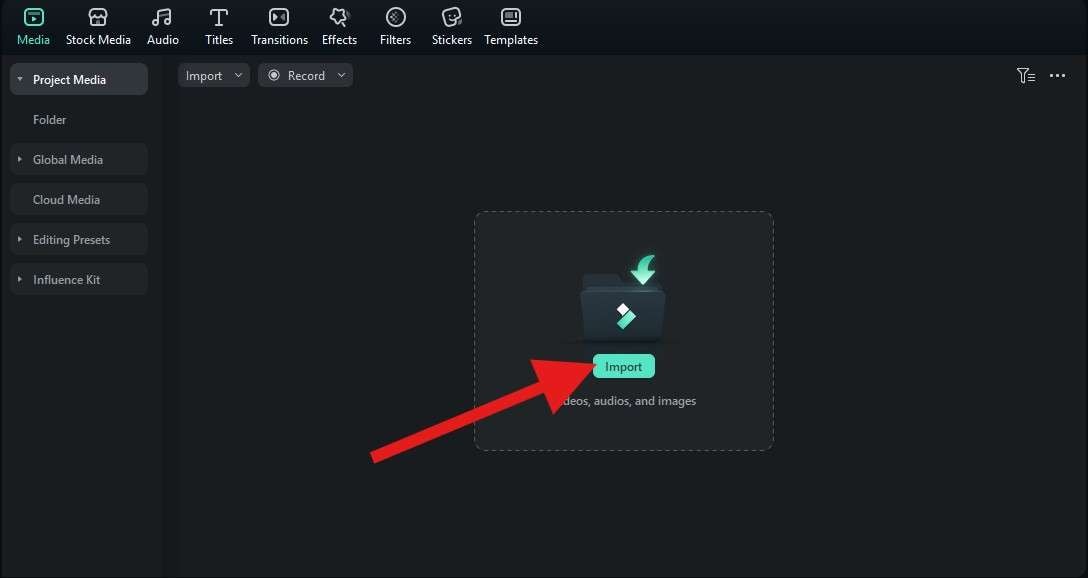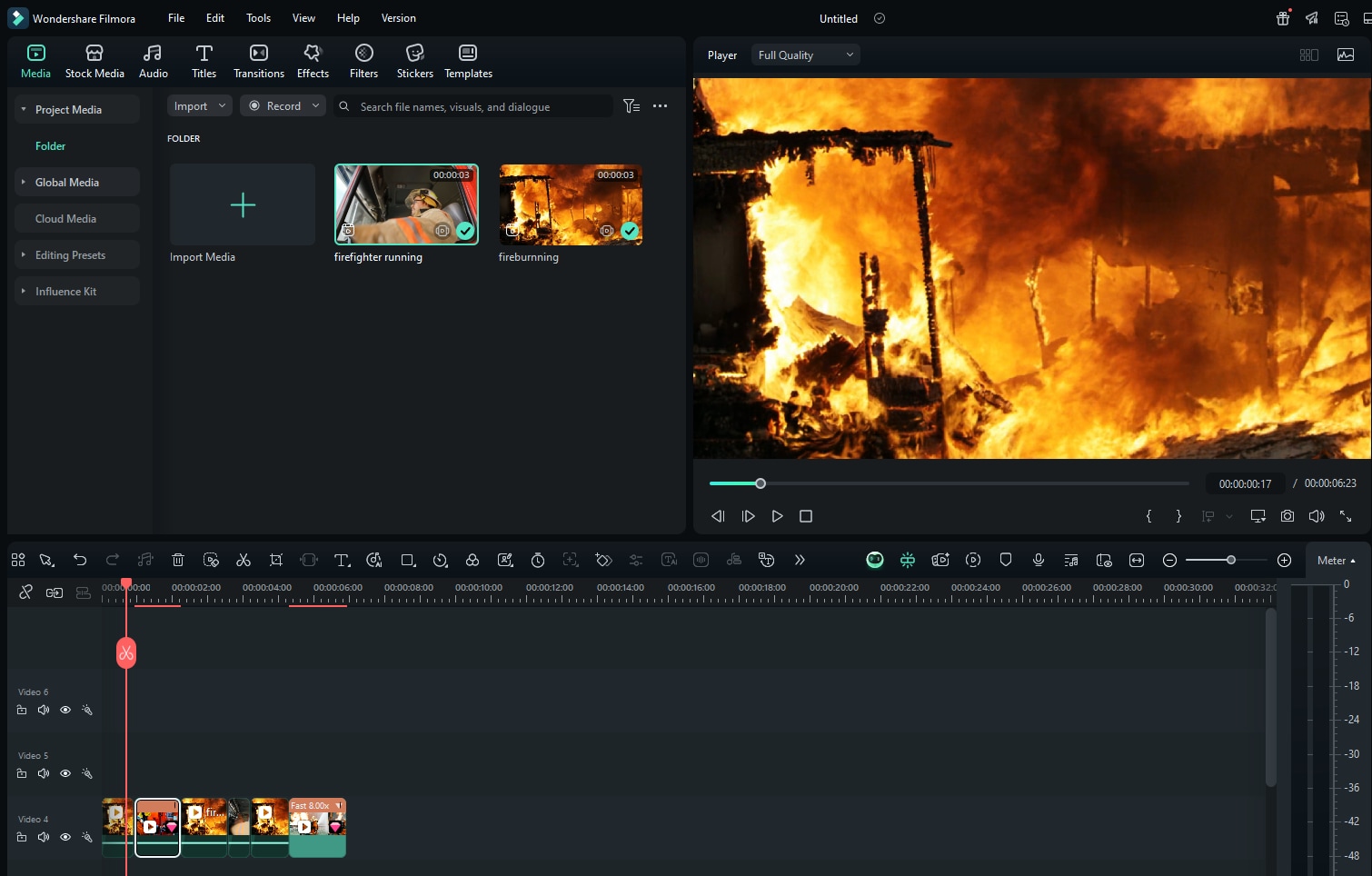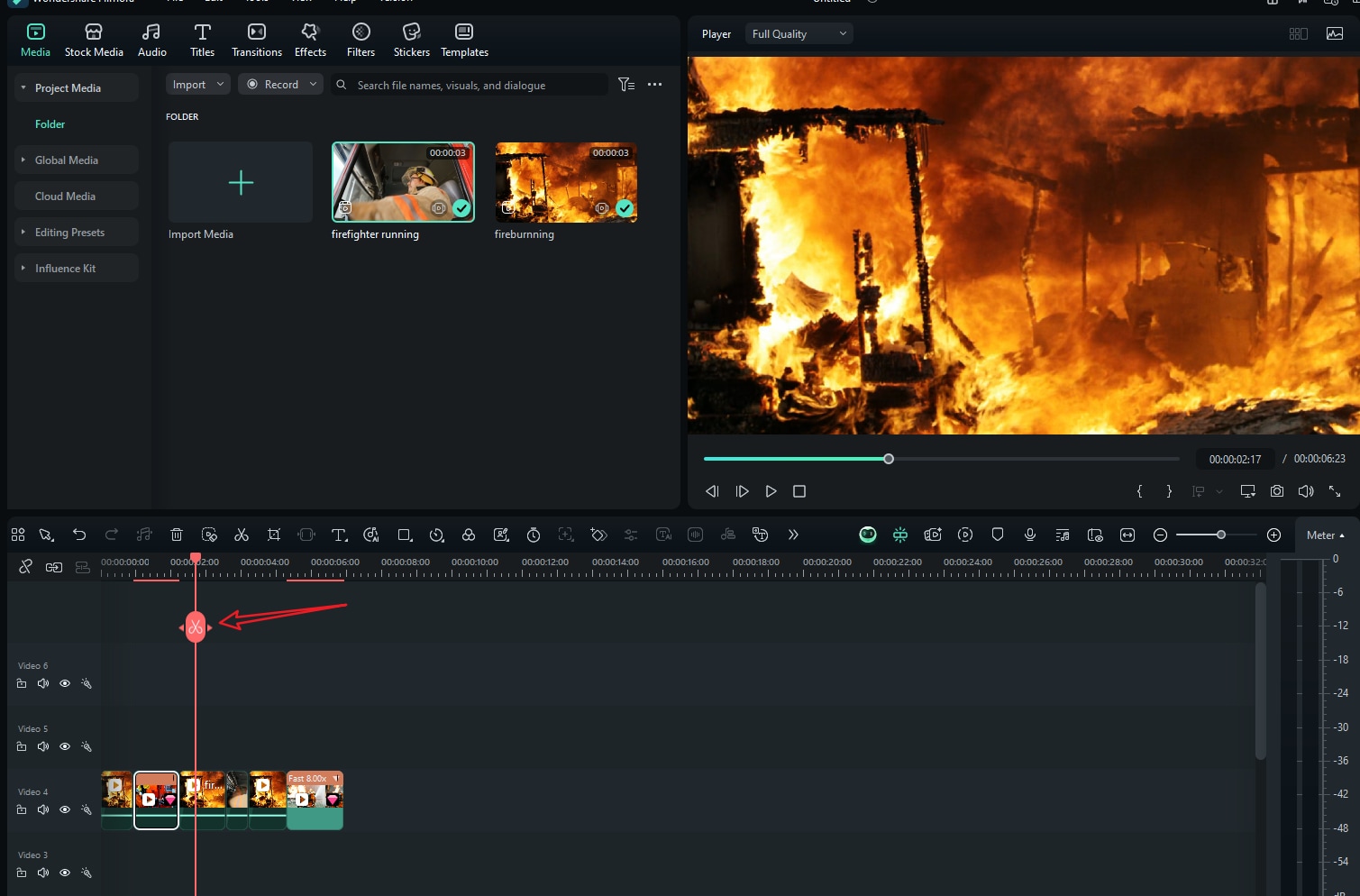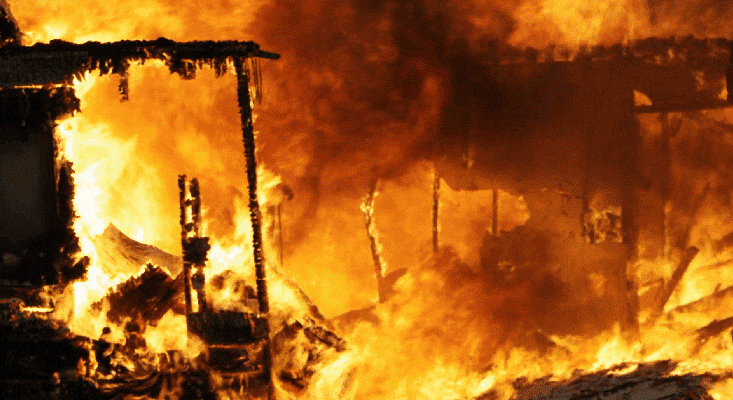In this article
Understanding Cross-Cutting and Parallel Editing
Have you ever noticed that when watching a movie, it cuts rapidly between two intense scenes, like a hero racing to save someone while danger unfolds elsewhere? That fast-paced, back-and-forth editing isn't just for drama — it's a purposeful technique used by filmmakers to build suspense, contrast, or deepen storytelling.
Known as cross-cutting and parallel editing, these techniques are powerful tools for shaping narrative rhythm and connecting storylines that unfold simultaneously or thematically. But what exactly do these terms mean, and how are they used to engage audiences across films, TV, and even modern social media content?
In this article, we will define them, outline the main differences, introduce visual characteristics, and give you an easy, practical guide. Let's get into it.
Cross-cutting is a video editing technique in which the footage cuts between multiple scenes that occur at the same time but in different locations. It aims to increase tension. It is a broader term, and it is a very commonly used editing technique in movies and TV series of vastly different genres. For example, cross-cutting is used in dialogue scenes. You have a shot of one person in a conversation, then you cross-cut to a different person talking, and this creates a comprehensive narrative flow that we are used to following.
Parallel editing is a specific form of cross-cutting. It is a type of cross-cutting technique that cuts between two (or more) scenes happening in different locations, which can occur simultaneously or not. It is about the integrity of the story, not the sense of urgency. A famous example of Parallel editing is from Francis Ford Coppola's masterpiece, The Godfather, where parallel editing shows the main character at the church while assassins defeat his enemies across the city. While it happens at the same time, it shows a sharp contrast between "religious sanctity vs. gang violence", which can also be a parallel editing technique.
Cross-Cutting VS. Parallel Editing: EZ Comparison Table
To help you clearly understand the difference between cross-cutting and parallel editing, take a look at this comparison table that clearly outlines the key differences.
| Comparison | Cross-Cutting | Parallel Editing |
| Definition | Cross-cutting is an editing technique that switches back and forth between two or more scenes that are happening at the same time but in different locations. | Parallel editing also shows multiple events switching back and forth, but these events can happen at the same time, or at different times, or in different spaces. |
| Purpose | Increase intension | Create thematic and temporal connections |
| Time Relation | Events taking place simultaneously | Events taking place simultaneously or unsimultaneously |
| Typical Use | Dialogue, fight scenes, countdowns, etc | Comparisons, contrasts, and spiritual connections |
| Example | The policemen are rushing to the crime scene while the criminals are committing. | The Film shows two children's lives in different countries. |
But most of the time, people don't strongly differentiate between cross-cutting and parallel editing, viewing them as the same film editing technique. So we will discuss the application of cross-cutting and parallel editing together. Generally speaking, cross-cutting is more widely used in film or video editing.
When and Where Should You Use Cross-Cutting and Parallel Editing in Film
Let's examine which genres suit these two techniques and which other techniques can be paired with them.
Genre-Specific Applications for Cross-Cutting and Parallel Editing
Creative Techniques That Compliment Cross-Cutting and Parallel Editing
We have learned all the important distinctions between cross-cutting and parallel editing, and what the best and most impactful use cases are. Let's now take a look at a practical tutorial.
How to Use Cross-Cutting and Parallel Editing?
An Easy Cross-Cutting and Parallel Editing Guide in Filmora
To use the cross-cutting and parallel editing techniques in film or video editing, you can use a powerful video editor like Filmora. Here are the steps:



Take a look at what cross-cutting looks like. You see the fire is burning, and the firefighter is hurrying to drive the fire truck to put out the fire.

Troubleshooting Common Issues with Cross-Cutting and Parallel Editing
When there are too many intertwined scenes in a parallel editing project, the audience loses focus.
Instead of showing several scenes happening at once in diverse locations, you should keep it to a maximum of three. If you go with more, it might be hard to keep up.
The latter scene in a cross-cut does not feel as emotional as the last one.
Ensure that you plan your cross-cuts carefully. If there is a lack of continuity between recorded shots, you may need to edit or re-record them.



